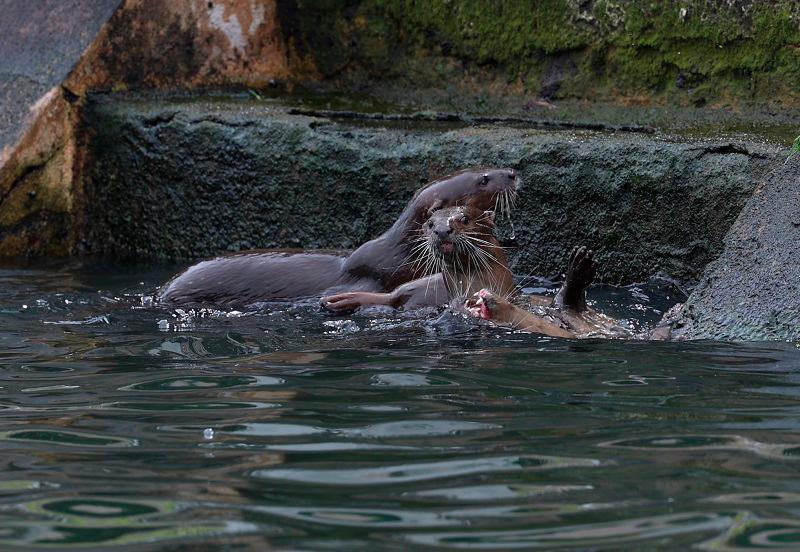PETALING JAYA: A recent sighting of otters in Sungai Klang has once again captured public attention, raising hopes about the river’s improving condition and sparking conversations about urban biodiversity.
Malaysia Otter Network co-founder
and biodiversity conservation consultant Woo Chee Yoong said the presence of otters in Klang Valley rivers, particularly in built-up areas, is a promising ecological indicator.
“Their presence suggests an abundance of fish, especially native species, which is a strong sign that the river ecosystem is relatively healthy.”
He pointed out that the two biggest threats to otters in Malaysia are habitat loss and human-wildlife conflict.
“As natural habitats vanish, otters often end up foraging in residential areas, sometimes raiding backyard fishponds. This could understandably lead to conflict.”
He called for stronger protection of remaining wetlands and better planning of urban aquatic environments to ensure their long-term survival.
“Seeing otters in city rivers may seem heartening but it is also a signal that we are losing natural habitats.
“We need to act now to conserve what is left and ensure our urban rivers remain safe and full of life.”
He added that resolving human-otter conflict requires long-term public awareness and education.
Woo also stressed that the presence of otters should not lead to complacency.
“Otter sightings are not the finish line. They are just a sign that we are heading in the right direction.
“We need to sustain or even increase our conservation efforts to ensure otters remain a part of our ecosystem.”
He said Malaysia is home to four otter species, namely the smooth-coated otter, the Asian small-clawed otter, the hairy-nosed otter and the Eurasian otter, which was only recently rediscovered in the country.
All otter species in Malaysia are protected under national and state laws.
In Peninsular Malaysia, they are listed as “totally protected” under the Wildlife Conservation Act 2010 while Sabah and Sarawak have similar protections in place.
Woo, who also serves on the International Union for Conservation of Nature Species Survival Commission’s Otter Specialist Group, said otters are widely regarded as bio-indicators of river cleanliness and ecological recovery.
However, he cautioned against assuming that the river is free of pollution.
“It is certainly encouraging but it does
not mean we can ease up. Continuous protection and restoration efforts are still very much needed.”
He said otter sightings in cities such as Kuala Lumpur and Selangor have been increasing since 2020, adding that this trend has been driven by growing public awareness and the shrinking of natural habitats.
“As more of their original environments are destroyed or converted, otters are being pushed into urban areas where food is more readily available.”
He noted that data on otter populations and distribution remains scarce due to limited research and conservation focus.
“Otters typically depend on healthy aquatic habitats, such as mangroves, peat swamps, forest lakes and river tributaries.
“While some species, such as the
smooth-coated and Eurasian otters, can adapt to urban life, this is far from ideal.”
The smooth-coated otter, often spotted in city rivers, is particularly adaptable but that brings new challenges.
Woo believes that more can be done to build public appreciation.
“Otters could be promoted as icons of urban conservation. Policymakers could position them as ambassadors of Kuala Lumpur, not just for tourism but to instil pride in our rich biodiversity.
“When people care, they act, even in small ways, such as reporting sightings or supporting conservation efforts.
“Malaysia is one of the world’s megadiverse countries. If we are truly proud of that, we need to protect it, not just for otters but for the future of all our wildlife.”









